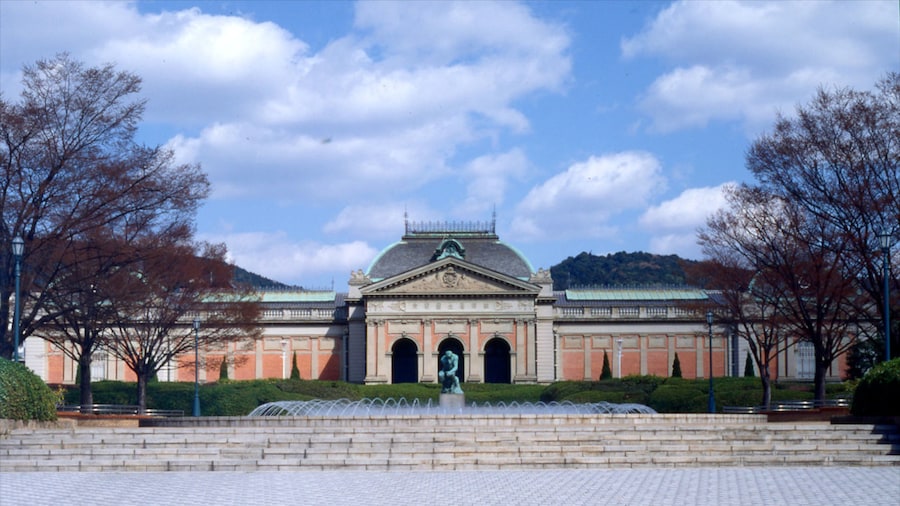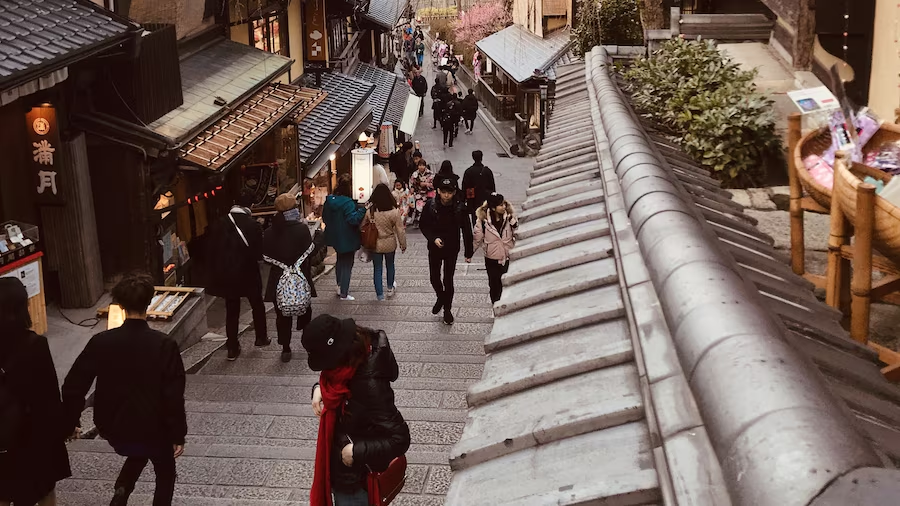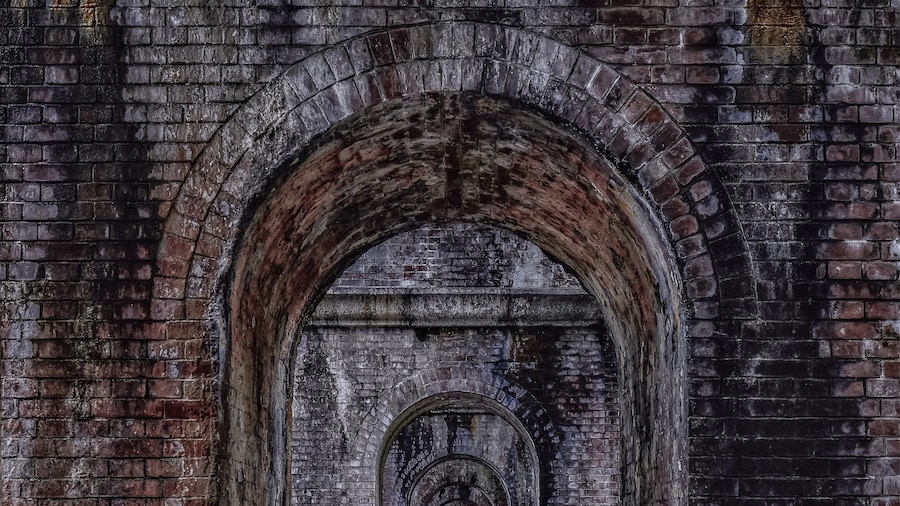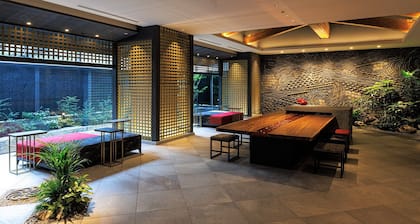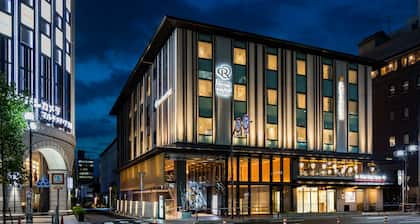Visit this shrine for a more exclusive experience of a Kyoto temple. It is only open on exceptional occasions and has stayed clear of the busy tourist routes. Highlights of this temple, which has many links to the aristocracy, include its exceptional art and tranquil gardens. With its tall, classic structure, the temple is a model of the Tendai sect of Buddhism.
The OO-Genkan is the grand black and white entrance to the temple. Take panoramic photos from a distance of the large wooden structure known as Kuri which is considered a national treasure. Admire the typical Japanese artwork on sliding doors. The styles, known as Dai-genkan and Dai-shoin, are attributed to the art school of Kano. Visit the halls where the head priest once lived. Appreciate the flower displays, and statues of deities and enlightened beings such as Jizo.
Stroll around the serene garden with its mixture of gray, dry pebbles and glistening green nature. Take in the diverse nature around the complex’s extensive grounds. Enjoy the pink ambience among the sanctuary’s cherry blossom trees.
The Myoho-in Temple dates back to 1158. Its head priest was traditionally part of the imperial family. The interior of the sanctuary is open to the public only on rare occasions. Make sure to find out when it is open before arriving. You can make the most of the vibrant gardens throughout the year.
The sanctuary sits in the Higashiyama Ward, which is packed with temples and ancient relics. Nearby attractions include the Kawai Kanjiro Memorial Museum and the Chishaku-in Temple. There are many hotels and museums in the area, which is serviced by multiple transportation links. Take the Keihan Railroad to Shichijo, a 10-minute walk from the site. Many buses run to the temple from all over, including from Kyoto Station.



